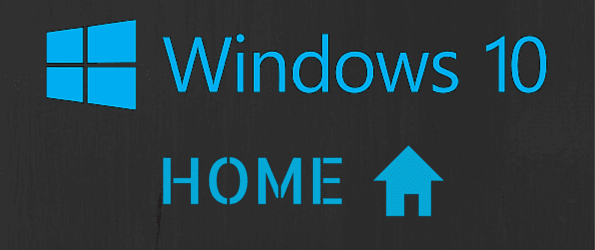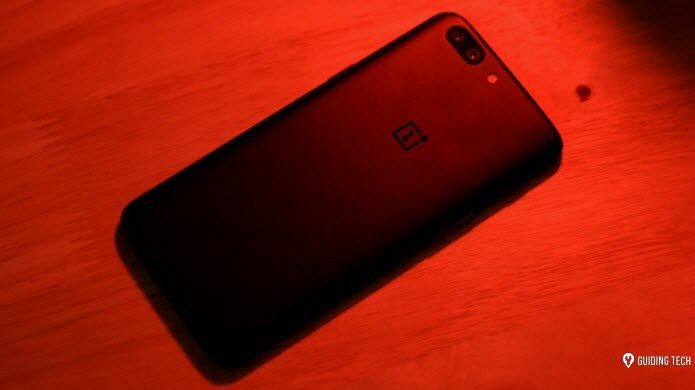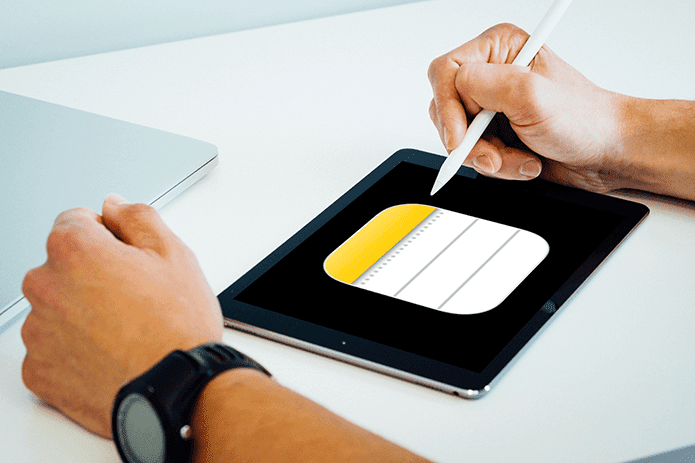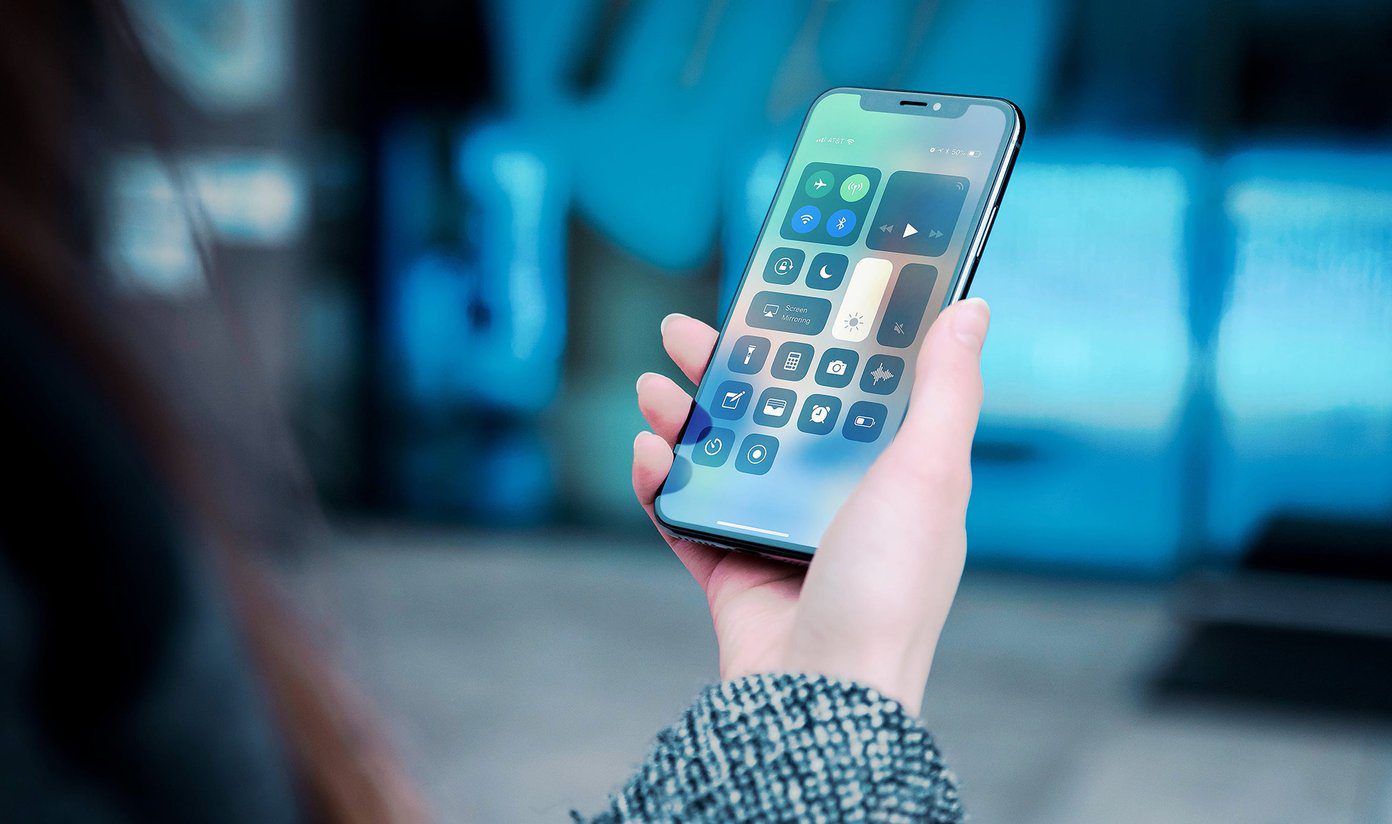Last week, while searching for a Photoshop alternative, I stumbled upon a cool web-based image editor — Photopea. It brings Photoshop-like editing experience, is free and runs on all the popular browsers like Opera, Firefox, Chrome, and Edge. That’s great news for people who are always on the move. But before we proceed, let me clear a few things. Photopea’s image editing experience is quite similar to that of Photoshop. The site claims not to replicate or clone the entire Photoshop app, but the resemblance is uncanny. It is a web-based tool and has its limitations. You won’t find advanced filters like Liquify or Adaptive Wide Angle. However, don’t be dismayed. Photopea is perfect for quick as well as complicated editing tasks which require working with layers, masking, and blending mechanism, and so on. Now that you know a bit about Photopea let’s check out its salient features. Visit Photopea
How to Use Photopea?
Ivan Kutskir, a Prague-based programmer, spent over 3.5 years to develop Photopea. This Photoshop alternative supports a variety of file formats including JPEG, PNG, PSD, and DNG files. If you’ve used Photoshop before, you will feel right at home. Photopea’s interface is nearly identical to Photoshop, and you’ll be able to relate to the greyish-black theme. You will find the toolbar to the right and the panel for Layers and History on the left. On top of that, the left panel is completely customizable through the Window tab. The only issue is that you will have to realign the windows as per your convenience with every new project. Photopea bundles many tools like Lasso, Magic Wand, Clone and Brush. To select a tool, left-click on it and pick the necessary sub-tool. With a coincidental similarity of the tools, distinguishing between the toolbar of Photoshop and Photopea is tough. You can also add and manipulate image layers easily. So whether it’s creating a multi-layered graphic for your college project or creating a double-exposure image — Photopea lets you do it all. Of course, you need to be well-versed with the concept of Layers and Opacity to get the most out of it. However, the tool that grabbed our attention is the image adjustment. If you have a detailed image, you can enhance it further through these options available under Image > Adjustments. Similar to Photoshop (I promise, it’s the last time I will draw this comparison), it allows you to modify the image’s tonal range. All you need to do is mark three points for highlights, midpoints, and shadows, and then change the graph as per the image’s demand.
Keyboard Shortcuts
If you’re a Photoshop user, then you must know that it supports a range of customizable (and transferable) keyboard shortcuts. However, if we talk about the default ones, you can rest assured for Photopea bundles plenty of them. And the good news is Photopea and Photoshop share the same shortcuts for functions like Merge Down (Ctrl+E), Move (Ctrl), Clone (S) and Hand (Spacebar). Since Photopea is a web-based tool, you won’t be able to use pre-defined shortcuts like Ctrl+Q or Ctrl+W for obvious reasons. You can find the entire range of shortcuts under More > Keyboard Shortcuts.
Connect to Google Drive
You can also connect Photopea to your Google Drive to edit images stored in the cloud. To do so, open an image inside Google Drive, then click on the drop-down arrow in the viewer mode to tap on Open with. Now, select Connect more apps, search for Photopea in the search book, and then click on Connect. You’d need to allow pop-ups to provide the initial permissions. After that, you can use Photopea to open an image from your Google Drive. Also, whenever you hit Ctrl+S shortcut while working on an image in Photopea, it will be saved to Google Drive. The only thing which you have to keep in mind is that the old image will be overwritten. So, make multiple copies to retain the original version. Also, it’s quite easy to remove connected apps from Google Drive.
Advantages and Disadvantages
The good thing about having a web-based image editor is that it starts immediately, unlike tools like GIMP or Photoshop which take a while to load. Of course, you’d need to an active internet connection for using Photopea. You can use Photopea on any web browser on a Windows PC or a Mac. That is especially helpful if you keep a backup of your image files in the cloud. It supports many file formats including PSD, JPG, PNG, Sketch, SVG and XD, making it a multi-platform friendly tool. However, Photopea has its share of limitations. Though the interface is pretty good, it isn’t as fluid as that of Photoshop. If you tend to overdo effects and filters, you may end up with an unresponsive webpage. Also, this tool doesn’t save pictures automatically to your PC since it can’t overwrite files. So you must save the files manually from time to time. You’ll find a couple of ad panels on the side edges which you can remove by upgrading to a premium subscription of $9 for 30 days and $20 for 90 days.
Is It Suitable for Beginners?
Photopea is a great tool if you looking for a Photoshop-like experience in the browser. And at present, its features are unmatched by other online image editing suites. You need to have a little knowledge about the different tools, filters, and layers and you’ll be sorted. Photopea is a free app and doesn’t have all the advanced-editing tools. In a nutshell, you can treat it as a stripped down version of Photoshop or Photoshop Lite. It’s perfect to polish your editing skills before opting for a paid subscription of Photoshop. Next up: Caught between Snapseed and VSCO? If yes, read the comparison post below to know which is the right image editor that matches your requirements. The above article may contain affiliate links which help support Guiding Tech. However, it does not affect our editorial integrity. The content remains unbiased and authentic.



















